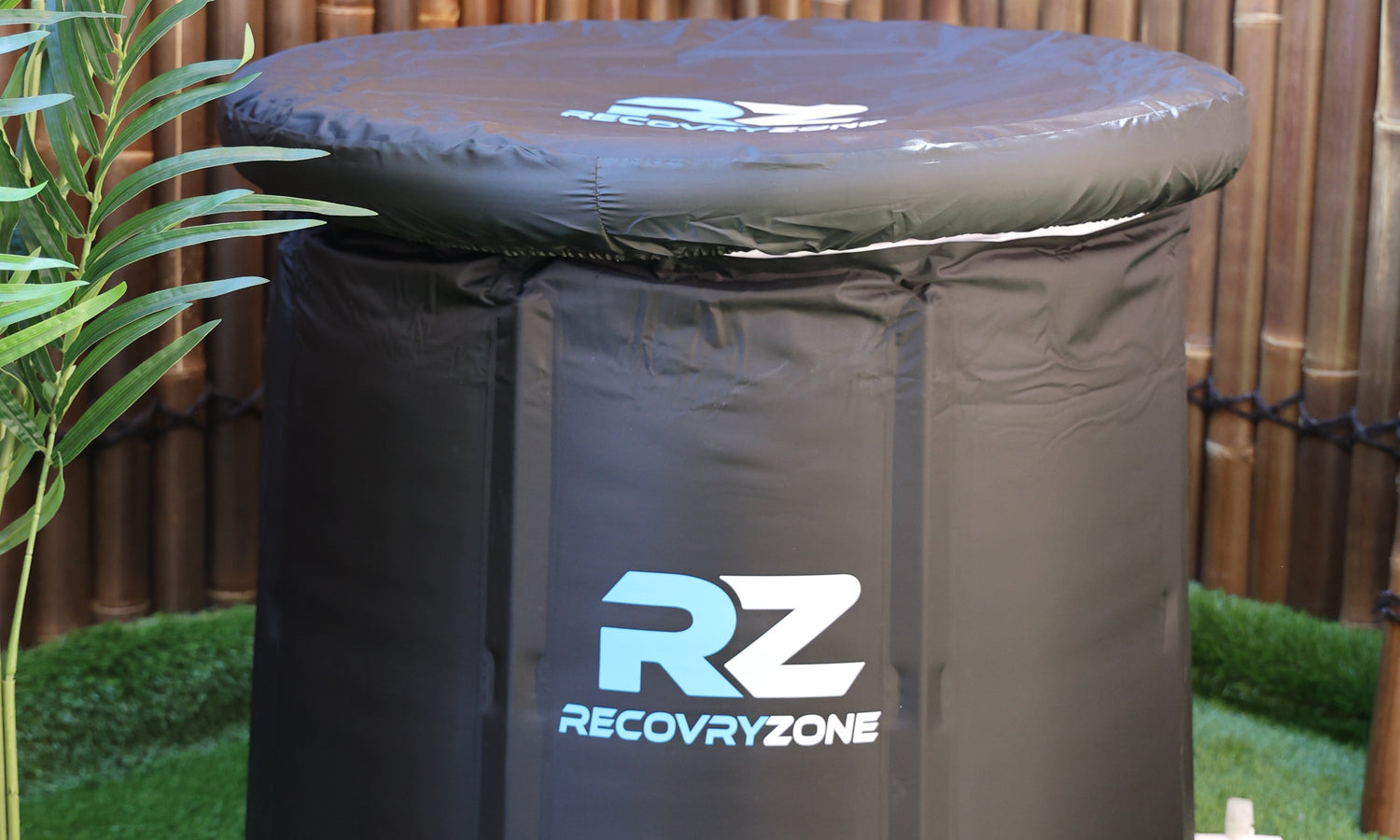The Reality of Zero-Degree Ice Bath Chillers
There’s nothing quite like the thrill of plunging into an ice bath. The chill hits you, your body tingles, and you’re left feeling invigorated—or maybe just freezing! But what about the idea of a zero-degree ice bath? Is it really the ultimate recovery hack, or are we chasing a frosty myth? Let’s dive in (pun intended) to uncover the truth behind zero-degree ice bath chillers and their impact on your recovery and overall health.
What Is the Coldest You Can Get an Ice Bath?
The idea of a zero-degree ice bath may sound extreme, but technically, it’s not entirely feasible for most setups. Water freezes at 0°C, so maintaining a bath of purely liquid water at exactly 0°C requires precise temperature control—not to mention a lot of ice. Most ice baths typically hover between 4°C and 10°C, which is cold enough to offer substantial benefits without turning you into an ice cube.
For those who swear by sub-zero temperatures, specialised chillers can achieve this frosty goal. However, the practicality of these setups is often outweighed by the benefits you can already reap from more manageable temperatures. At Recovry Zone, we recommend aiming for an ice bath between 4°C and 8°C for optimal results.
Do Ice Baths Actually Help Recovery?
The short answer? Yes! Ice baths have been a go-to recovery tool for athletes and fitness enthusiasts for years, and for good reason. When you immerse yourself in cold water, your blood vessels constrict, reducing inflammation and muscle soreness. This process, known as vasoconstriction, helps flush out metabolic waste from your muscles and encourages the delivery of oxygen-rich blood when you warm up again.
But here’s the thing: you don’t need to endure a zero-degree chill to experience these benefits. Studies show that ice baths in the 10°C range can still significantly reduce soreness and speed up recovery. So while zero-degree ice baths might sound impressive, they’re not necessarily more effective than slightly warmer options.
Do Cold Baths Have the Same Effect as Ice Baths?
Cold baths and ice baths share many similarities, but they’re not identical in their effects. A cold bath, typically ranging from 10°C to 15°C, can still provide a refreshing recovery boost. However, ice baths are a bit more intense. The addition of ice lowers the temperature, creating a more extreme environment that amplifies the benefits of vasoconstriction and numbs sore muscles more effectively.
Think of it this way: a cold bath is like a gentle nudge, while an ice bath is a full-on reset. Both have their place in your recovery routine, so it really comes down to your preference and tolerance for cold.
Why Do I Feel Weird After an Ice Bath?
If you’ve ever felt a bit “off” after an ice bath, you’re not alone. The combination of cold exposure and your body’s response to it can create some unique sensations. Here’s what might be happening:
-
Cold Shock Response: The initial plunge can trigger a gasp reflex and rapid breathing. This is a normal reaction to the sudden cold but can leave you feeling disoriented.
-
Adrenaline Rush: Cold exposure stimulates your sympathetic nervous system, releasing adrenaline. This can make you feel energised, jittery, or even a bit light-headed.
-
Blood Flow Shifts: As your blood vessels constrict, blood is redirected to your core to protect vital organs. When you warm up again, the return of blood flow to your extremities can feel unusual.
To minimise these effects, try easing into the bath gradually and focusing on deep, steady breaths. Remember, the weirdness is temporary, and the benefits are worth it!
Why Zero-Degree Ice Baths Might Be Overrated
While the concept of a zero-degree ice bath sounds like the pinnacle of recovery, it’s not necessarily the most practical or effective option for most people. Here’s why:
-
Accessibility: Achieving and maintaining 0°C requires specialised equipment and careful monitoring.
-
Comfort: Let’s face it, plunging into water that’s near freezing isn’t exactly inviting. It can be unnecessarily harsh for many, especially beginners.
-
Diminishing Returns: Colder isn’t always better. Most of the benefits of ice baths can be achieved at slightly higher temperatures, making the extreme chill unnecessary.
At Recovry Zone, we’re all about practical and effective recovery solutions. That’s why our portable steam saunas and recovery tools are designed to deliver results without the need for extreme measures.
Making Ice Baths Work for You
If you’re ready to incorporate ice baths into your routine, here are some tips to make the experience more enjoyable and effective:
-
Start Small: Begin with a cold bath in the 10°C range and gradually work your way colder as you build tolerance.
-
Time It Right: Limit your sessions to 10-15 minutes. Any longer, and you risk diminishing returns or overexposure.
-
Breathe Deeply: Focus on steady, controlled breathing to help your body adjust to the cold.
-
Listen to Your Body: Everyone’s tolerance is different. Don’t push yourself to extremes if it feels too uncomfortable.
Zero-degree ice baths may grab attention, but they’re not a necessity for effective recovery. Whether you’re an athlete, a fitness enthusiast, or someone looking to ease muscle soreness, ice baths at more manageable temperatures can deliver impressive benefits without the icy extremes.
At Recovry Zone, we’re here to support your journey to better recovery with practical, accessible tools that fit your lifestyle. So go ahead, take the plunge—and don’t forget to have a little fun with it along the way!


